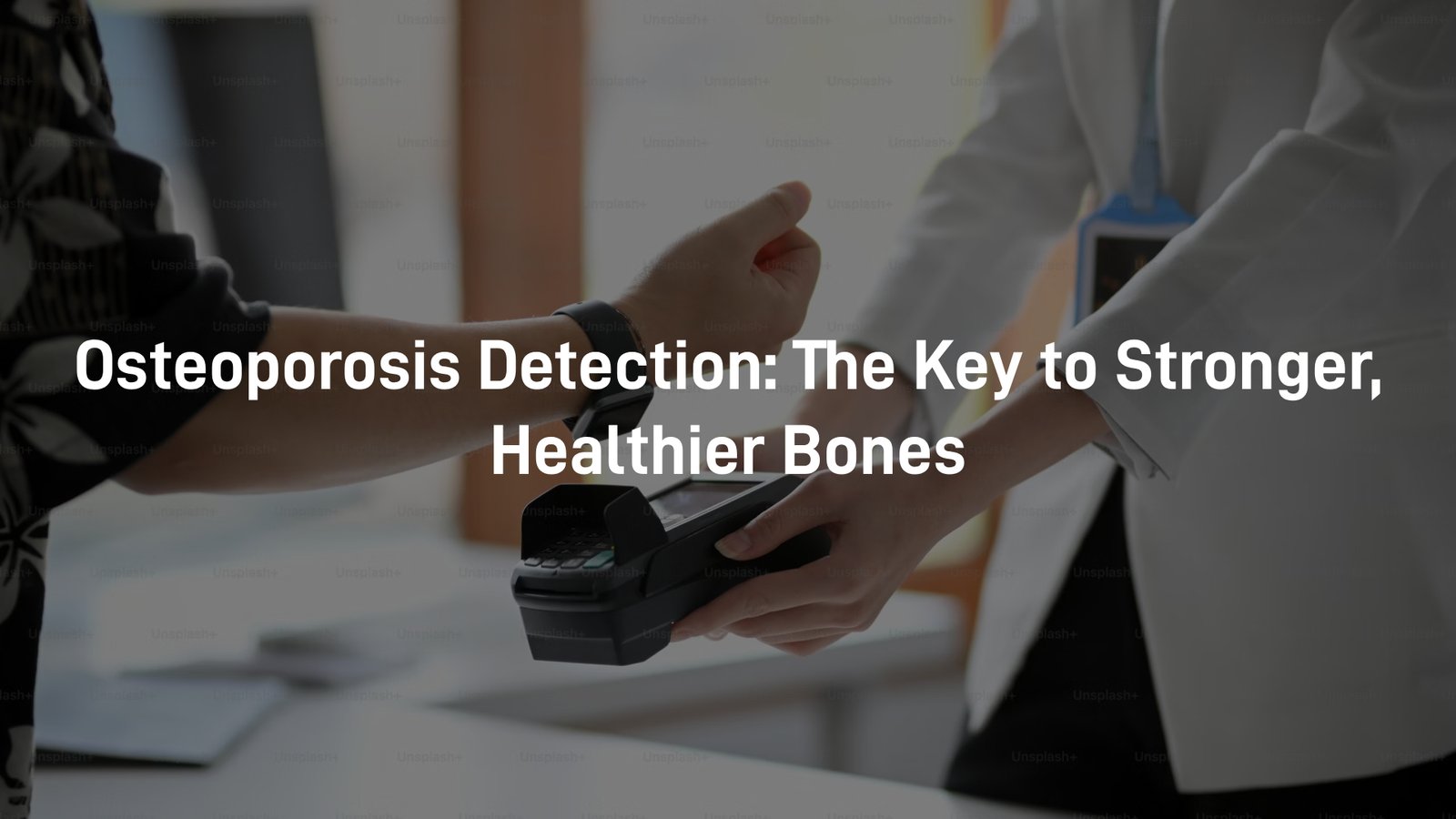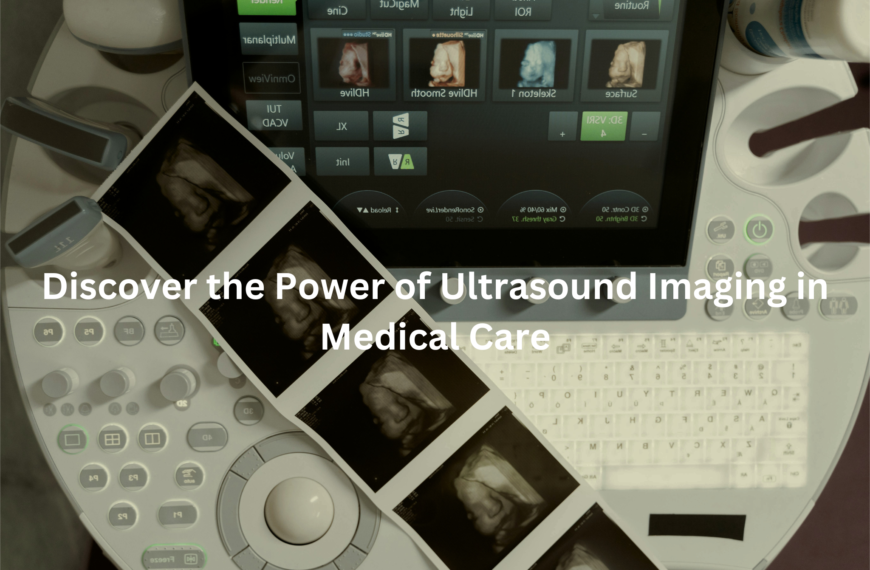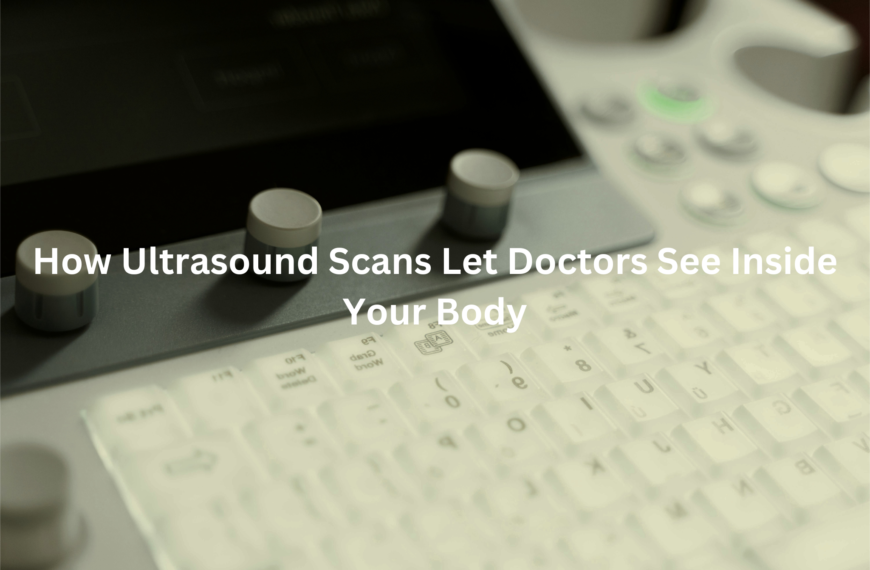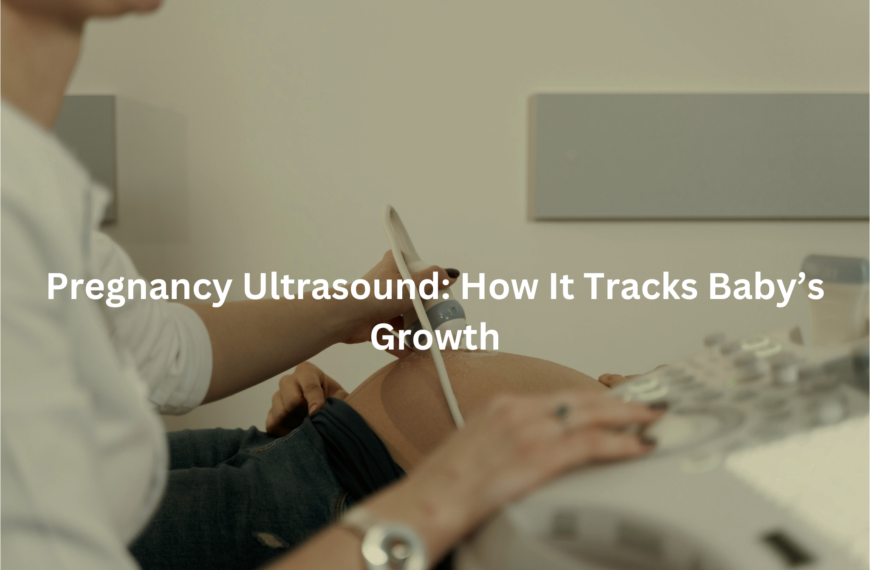Learn how osteoporosis detection can help prevent fractures, protect bone health, and keep you active for longer.
Detecting osteoporosis early can make all the difference in preventing fractures and maintaining mobility. Bone density tests, like DXA scans, provide a clear picture of bone strength, while risk assessments help identify those more likely to experience fractures.
These tools empower individuals to take control of their bone health through diet, exercise, and lifestyle changes. Osteoporosis doesn’t have to be inevitable—early detection and action can help protect long-term well-being. Keep reading to learn how different testing methods work, who should get tested, and the best ways to keep bones strong for life.
Key Takeaway
- Early detection reduces fracture risk – DXA scans and risk assessments identify bone weakness before fractures occur.
- Lifestyle changes support bone strength – A balanced diet, regular exercise, and avoiding harmful habits can slow bone loss.
- Regular screening is essential – High-risk groups, including older adults and those with a family history, should prioritise testing.
Bone Density Testing
DXA Scan (Dual-Energy X-ray Absorptiometry)
If you’ve ever had an X-ray, you know the drill—lie still, wait a moment, and it’s done. A DXA scan isn’t much different. It’s the gold standard for measuring bone mineral density (BMD), mainly checking the spine, hip, or wrist—areas most prone to fractures. The scan is painless, takes about 10–20 minutes, and uses very low radiation (less than a chest X-ray). (1)
T-score Interpretation
DXA scan results are given as a T-score, which compares your bone density to that of a healthy 30-year-old.
- Normal: -1 and above
- Osteopenia (low bone mass): Between -1 and -2.5
- Osteoporosis: -2.5 or lower
- Severe Osteoporosis: -2.5 or lower, with at least one fracture
Vertebral Imaging
Not all fractures are obvious. Some spinal fractures occur without any noticeable symptoms. For those over 70 or with a history of fractures, vertebral imaging (such as an X-ray or a specialised scan) can help detect these ‘silent’ fractures before they become a bigger issue.
Fracture Risk Assessment
FRAX® Score
You can’t predict the future, but the Fracture Risk Assessment Tool (FRAX®) gets close. It estimates your risk of breaking a bone in the next 10 years. The tool considers BMD (if available) and other risk factors to give a percentage. If your risk is high, it’s time to take action.
Clinical Risk Factors
Even without a DXA scan, certain factors increase the risk of osteoporosis and fractures:
- Age – Bone loss speeds up as you get older.
- Gender – Women, especially postmenopausal women, lose bone faster.
- Family history – A family history of osteoporosis increases your risk.
- Previous fractures – If you’ve broken a bone before, your risk of another is higher.
- Smoking & alcohol – Both weaken bones over time.
Alternative Osteoporosis Detection Methods
Radiofrequency Echographic Multispectrometry (REMS)
REMS is an ultrasound-based technique that measures bone density without radiation exposure. While promising, it’s still emerging and isn’t yet widely used in Australia.
CT Imaging & Bone Scans
For complex cases—such as when DXA results are unclear—CT scans or nuclear bone scans can be used. These can detect small fractures or underlying conditions affecting bone health, but they’re not commonly used for standard osteoporosis screening.
Early Warning Signs & Risk Indicators
Credits: Nutri-ON
Most people don’t realise they have osteoporosis until they break a bone. However, there are some early warning signs:
- Minor Falls & Fragile Bones – If a small fall leads to a fracture, it could indicate weak bones.
- Bone Loss & Reduced Strength – Shrinking in height may be a sign of spinal bone loss.
- Low Body Weight & Poor Nutrition – Being underweight or lacking calcium and vitamin D can contribute to bone loss.
Lifestyle & Prevention Strategies
Calcium & Vitamin D Intake
Strong bones need calcium and vitamin D.
- Calcium-rich foods: Dairy, leafy greens, almonds, tofu.
- Vitamin D sources: Sunlight (10–30 minutes a day), oily fish, fortified foods.
Weight-Bearing & Resistance Exercises
Like muscles, bones get stronger with use. Activities like walking, jogging, and weight training help maintain bone density.
Avoiding Smoking & Excessive Alcohol
Smoking slows bone formation, and alcohol interferes with calcium absorption. Cutting back helps protect bone health.
Understanding Bone Health Reports
How to Read a DXA Scan Report
A DXA scan report includes:
- T-score (compares your bone density to a healthy young adult’s)
- Z-score (compares your bone density to others your age—useful for younger people)
- Fracture risk estimate (based on multiple factors)
Comparing DXA, REMS & CT Scans
- DXA – The most reliable method for diagnosing osteoporosis.
- REMS – A newer, radiation-free option that’s still gaining acceptance.
- CT & bone scans – Used in complex cases, but not routine for osteoporosis screening.
Who Should Get Tested & When?
Women Over 50 & Postmenopausal Women
Oestrogen plays a key role in maintaining bone density. After menopause, bone loss speeds up, so DXA screening is recommended for women around 50–60 years old or earlier if risk factors are present.
Men Over 70 & Those with Risk Factors
While men lose bone mass more slowly, they are still at risk. A DXA scan is recommended at 70, or earlier if there’s a history of fractures, smoking, or low body weight.
People with a Family History or Prior Fractures
If osteoporosis runs in your family or you’ve already had a fracture, it’s best to get checked sooner rather than later.
The Future of Osteoporosis Detection
AI-Powered Imaging & Early Detection Tools
Artificial intelligence is enhancing osteoporosis detection. AI can analyse DXA scans more accurately and detect early bone loss before it becomes serious.
Non-Invasive Diagnostic Innovations
Emerging technologies, such as blood and saliva tests, may soon offer new ways to assess osteoporosis risk without the need for scans. (2)
Conclusion
Osteoporosis is a silent condition, progressing without symptoms until a fracture occurs. However, a simple test can assess bone health. Individuals over 50, those with a family history, or those who have experienced fractures should consider screening.
Small lifestyle adjustments, such as improving nutrition, engaging in weight-bearing exercises, and reducing smoking and alcohol consumption, can help maintain bone strength. Strong bones are essential not only for preventing fractures but also for ensuring long-term independence and overall well-being.
FAQ
What is a DXA scan, and how does it work?
A DXA scan (also known as a dual energy X-ray absorptiometry scan) is a type of density scan used to measure BMD (bone mineral density). It’s a painless test that helps assess bone strength and the risk of fractures. DXA scans focus on areas like the lumbar spine, femoral neck, and total hip to detect bone loss early.
Who should consider getting a bone density test?
Bone density testing is recommended for women aged 65 and over and men over 70. However, people with clinical risk factors—such as a family history of osteoporosis, a previous broken bone from a minor fall, or certain metabolic bone conditions—should consider testing earlier. Primary care doctors often use these tests to assess fracture risk and decide on preventive measures.
Can osteoporosis be detected before a fracture occurs?
Yes, osteoporosis can be detected before a bone fracture happens. A density scan can reveal low bone mass, which increases the risk of bone fractures. Doctors also assess risk factors, including low body weight, smoking, and certain medications, to determine a person’s increased risk.
Are there any risks or side effects of a bone scan?
A bone scan and DXA scans are safe procedures. They use very low levels of radiation, much lower than a standard X-ray. There are no significant side effects, and the test usually takes less than 15 minutes.
How is a DXA scan different from a CT scan?
DXA scans and CT images both assess bone structure, but they serve different purposes. A DXA scan is the gold standard for measuring bone density, while CT scans provide more detailed medical imaging for complex cases. In some situations, a DXA of the hip or lumbar spine may not be enough, and a doctor might recommend additional imaging.
What happens if my test shows decreased bone density?
If your results indicate decreased bone density, your doctor may discuss ways to help prevent further bone loss. This could include dietary changes, calcium and vitamin D supplements, and weight-bearing exercises to reduce the risk of fractures. Measuring bone density over time helps track any changes.
Can osteoporosis be prevented?
Yes, osteoporosis can often be prevented. A diet rich in calcium and vitamin D, weight-bearing exercises, and avoiding smoking and excess alcohol all contribute to healthy bones. For those at high risk, doctors may recommend medications to slow down bone disease and improve bone strength.
How does osteoporosis affect the body?
Osteoporosis weakens bones, making them more likely to break. Fragile bones increase the chance of hip fractures, spinal fractures in the vertebral body, and other broken bones from minimal trauma. Over time, this can impact movement and overall quality of life.
How can I prevent falls and fractures?
To prevent falls, remove trip hazards at home, wear sturdy footwear, and do exercises that improve balance and coordination. Strength training helps maintain strong bones and lowers the risk of broken bones. If you have high risk factors, your doctor may suggest further steps to reduce the risk of fractures.
Where can I find reliable osteoporosis research?
Trusted sources for osteoporosis research include Google Scholar, Clin Densitom, and Osteoporos Int. These platforms publish peer-reviewed studies on bone health, density tests, and advances in medical imaging. If browsing online, ensure you use reputable medical websites, and if using Microsoft Edge, check that sources are reliable.
References
- https://healthybonesaustralia.org.au/resource-hub/fact-sheets/
- https://www.healthdirect.gov.au/osteoporosis




